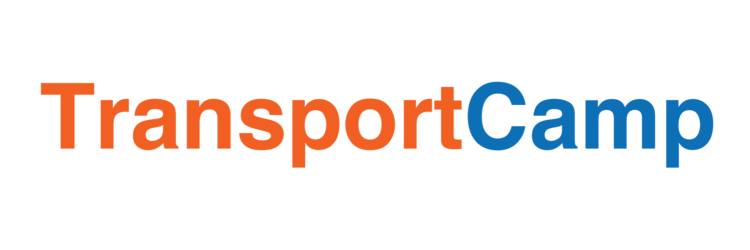Session: 2
Room: Supper Room
Session Title: Micro Mobility Design Challenge
Format: Creative Workshop
Presenter Name: Oscar Hayes (City of Melbourne) and Liz Irvin (Stantec)
Summary
There is potential for Melbourne to be scooter friendly. Micro mobility design guide is the focus of the project. Infrastructure design issues were discussed.
Parking is the most important issue for e-bikes.
Can dedicated bike lanes be shared with e-scooters?
To increase safety: consider speed limits and road rules regulation.
Queensland has speed regulations for footpaths and bike lanes.
Three themes were discussed by groups:
#Parking: Considered the parking at the train stations, and bus stops. What does the space look like and is charging provided? How secure will these spaces be and who owns them?
#Going area: Shared space with no to low car, using road spaces filtering.
#Arriving: Engineering design.

